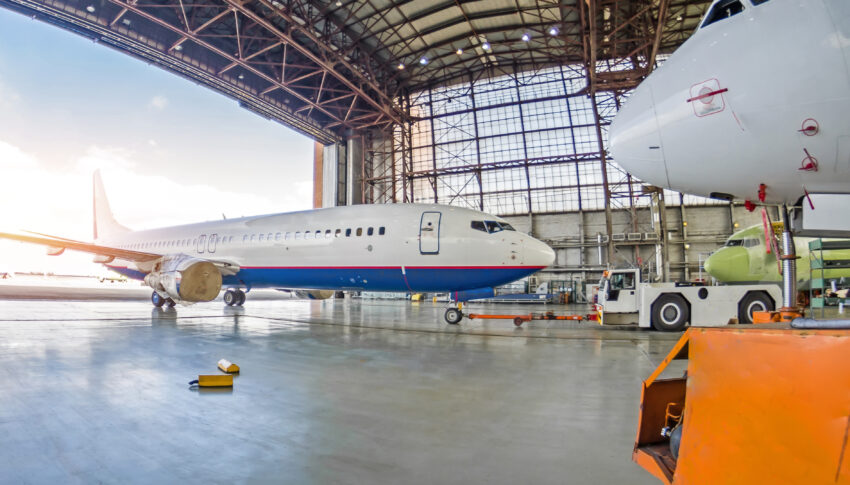When aircraft transition between operators, particularly during lease changes, there is a substantial amount of documentation required. By and large, this remains a paper-based process at many stages. But what are the prospects for digitalising it?
A recent episode of ferry specialist Nomadic Aviation Group’s YouTube series Cockpit Casual highlighted that a 25-year-old Boeing 737-400 converted freighter was carrying some 80 storage boxes of aircraft documentation following the conversion process.
At least some of that should be relatively low-hanging fruit for digitalisation, particularly given that aircraft can pass through half a dozen operators during their useful lifetimes. Indeed, this particular 737 has changed hands nine times so far, including transfers to and from its original owner, LOT Polish Airlines.
Keeping all that paperwork safe and making sure that key documents can be made available is a mammoth task. But so is the prospect of creating, maintaining and updating — and entering original paper records into — a digital system.
Sameer Adam, senior vice president commercial at ACIA Aero Leasing, tells us that there are certainly prospects for digitalisation.
“Digital tools will always help improve processes if they are available and flexible,” Adam explains. “Unfortunately, aviation is still a bit behind other industries when it comes to digitalisation. Some basic tools such as fleet tracking, aircraft valuations, and so on are available but still intelligent guesses.”
Indeed, Adam says, “not much has changed in how aircraft leases are managed but we are seeing some changes in the slight improvement of information being accessible.”
There are certainly benefits to both the digitalisation and paper-based record systems. Digital record-keeping has advantages of immediate worldwide availability, easier searching, automated identification of missing records, legibility, standardisation and the ability to back up information easily and practicably.
But there are also potential pitfalls and hurdles: security of records, system information security, uptime, confidence in digital backups, a common recordkeeping format, and system interoperability. Existing records must also be imported, and the fastest automated method, optical character recognition, is not foolproof even with typed text, let alone handwriting.
The scope of change is complicated, including transitioning spec records, mod specs and mod states, and around what happens during the transfer of ownership of an aircraft.
“There has certainly been some modernisation in the way aircraft records are maintained,” Adam notes, “which helps in the review process of aircraft being handed back or preparation for the next lessee. This has cut down on the amount of time involved in sifting through records and also the inefficiencies of having tech reps in the field more than needed.”
Early digitalisation efforts here have been more of a sort of automated manual experience rather than using modern cloud or as-a-service-based technologies.
“Some tools are digitised while others are manual in the form of customised inhouse spreadsheets and cost models,” Adam explains. “It’s really a matter of a data dump from electronic records, when available, into in-house tools for end of lease returns, cost modeling, and cross checking delivery or redelivery conditions.”
Fundamentally, part of the issue is a disconnect between the digital world and the aviation industry, which is notoriously risk-averse when it comes to documentation, yet perhaps understandably so given aviation’s largely outstanding safety record.
“Digitising companies are not very good at marketing their services,” Adam believes. “They should consider aligning with OEMs of engines, airframes and major components in order to demonstrate the value and efficiency of their offerings. The segment needs somewhat of a revolutionary approach to demonstrate cost efficiencies and streamlined processes to their end users.”
An informative recent EASA webinar from Diarmuid Healy, head of technical asset management at SMBC Aviation Capital — speaking as lead on trade association Aircraft Leasing Ireland’s digitalisation programme — highlights a number of potential next steps, including using the Spec 2500 records standard, enabling digital datasharing, agreeing digital signature standards, regulator standards-setting, and enabling online applications and processes.
In the meantime, what can companies offering digital services for aircraft documentation do to make their offers more attractive? “It’s about cost,” Adam concludes. “The service providers need to show cost advantages, efficiencies and value. These are not so apparent in their marketing efforts.”
Author: John Walton
Published 25th August 2022




